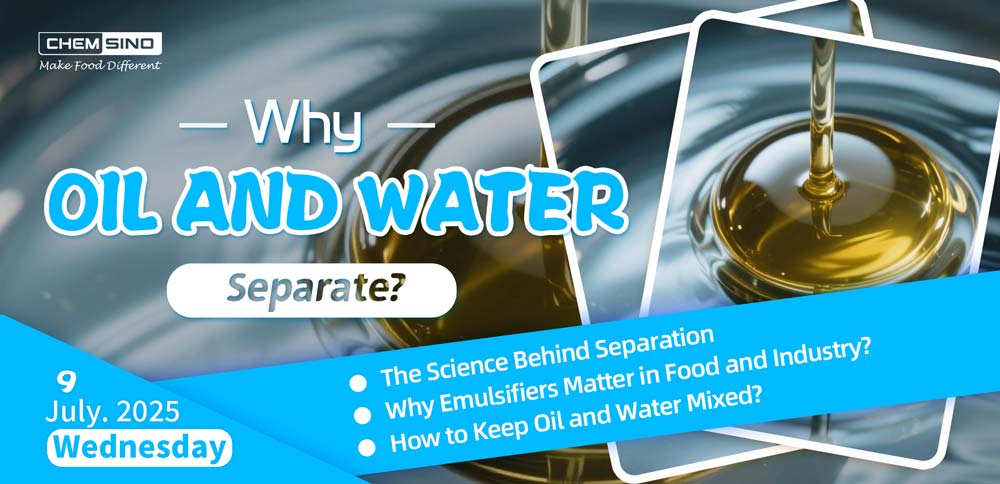Monoglycerides and Lipase for Dairy Processing Efficiency
11 Aug 2025
Monoglycerides and lipase are key functional ingredients in modern dairy manufacturing. Working together, they enhance flavor, texture, and stability in products like cheese, yogurt, ice cream, whipped toppings, and cream-based sauces. By optimizing dosage and application, processors can reduce costs, shorten production time, and maintain consistent quality—meeting the growing demand for premium dairy products. Chemsino provides high-quality lipase and food-grade monoglycerides with reliable supply and competitive pricing to support efficient, large-scale dairy production.









 in Food and Yeast.jpg)
